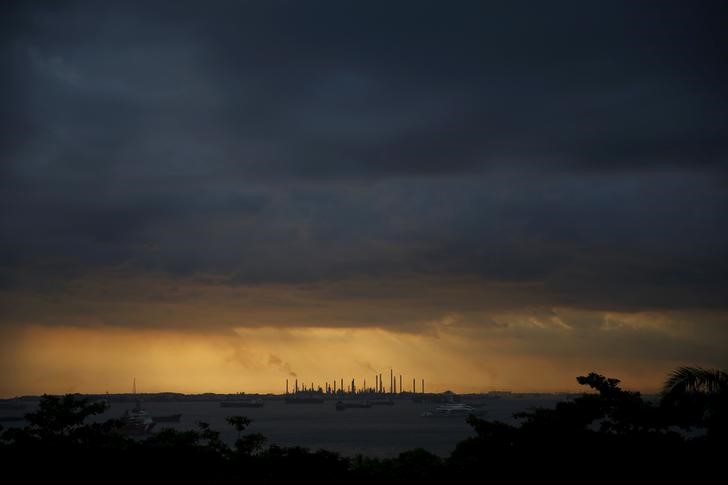This post was originally published on this site
https://i-invdn-com.akamaized.net/news/LYNXNPEC1S11A_M.jpg
Gasoline prices on average this year are 37 cents a gallon lower nationally than where they were a year ago, according to travel and navigation app GasBuddy. For the owner of a Ford F-150 with a 26-gallon tank, filling up is almost $10 cheaper compared with last year.
Traditionally, families hitting the road for the three-day weekend provide a capping finale to summer-driven fuel demand. This year, though, the customary drop off in consumption is especially fraught for an industry that missed out on the season’s typical profits as Covid-19 flare ups around the country depressed holiday travel. Continuing orders to stay-at-home in some of the nation’s largest school districts threaten to further delay any meaningful recovery.
“I don’t think we’ll see the big holiday jumps we’ve seen in the past,” AAA spokeswoman Jeanette Casselano said. “We’ll probably see the increases of 10 cents or so in the beaches or mountains, where you’d expect people to congregate on vacation, but increases of 3 to 5 cents will be more typical.”
The period immediately after Labor Day will be closely watched by gasoline suppliers to judge the return of back-to-school driving patterns, said Jeff Lenard, vice president at the trade group Advancing Convenience and Fuel Retailing. “The two next weeks’ demand will be the best indicator of how far the commuting and jobs market has returned,” he said.
Historically, demand is languishing. The Energy Information Administration’s moving average for product supplied, the government’s best indicator of demand, was at 8.87 million barrels a day for the week ending August 28, about 772,000 barrels a day below the five-year average.
Soon after Labor Day, gasoline prices are expected to begin their descent as refineries switch to producing fall and winter-grade gasoline. Colonial Pipeline, the nation’s largest fuel conduit that stretches from the Gulf Coast to New York Harbor, will begin shipping its first batches of the cheaper-to-make fuel next week.
Weaker prices are hitting fuel makers hard. The margin to refine a barrel of crude into fuel, as measured by futures prices, is stuck below $10 a barrel, the lowest for this time of year in almost a decade. The lower margins make it difficult to turn a profit and may prompt refineries shuttered along the U.S. Gulf Coast ahead of Hurricane Laura to remain in repose.
“I don’t think anyone is expecting any kind of monster increase in demand here down the stretch,” said Robert Yawger, director of the futures division at Mizuho Securities. “There is no demand,” he said. “So there is no reason to run refineries harder.”
©2020 Bloomberg L.P.


